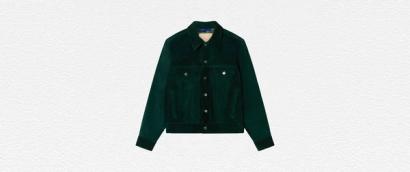
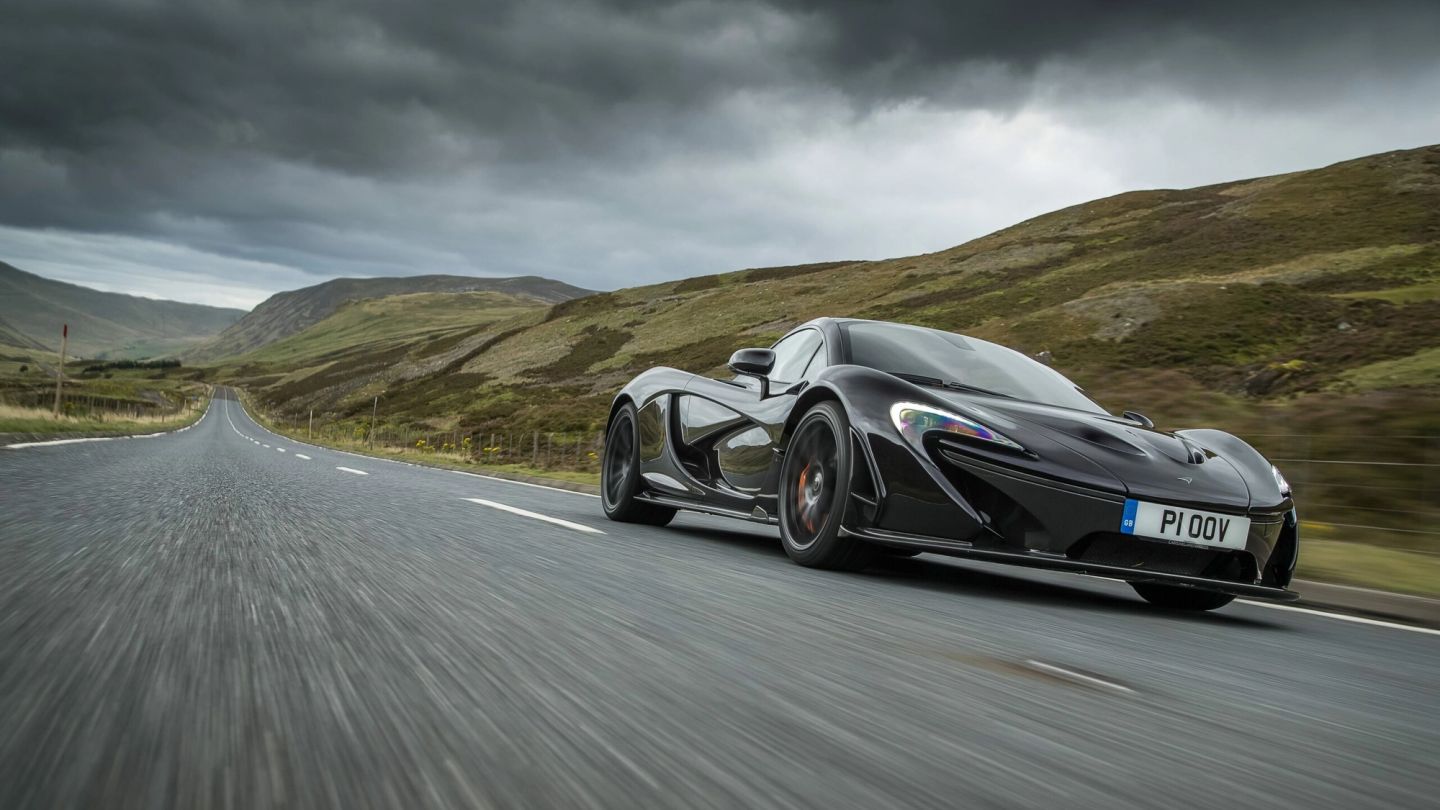
Words: Jonathan Wells
It was Bentley who first coined the term ‘supercar’. Back in 1920, as the British carmaker was rolling its first 6.7-litre Ensign 6 off the production line, they ran an advert promoting the car in The Times. It read: “If you are interested in a supercar, you cannot afford to ignore the claims of the Ensign 6.”
Thankfully, the claims of the first supercar weren’t ignored and, in the turbocharged, revved-up, high octane decades that followed, this new class became the gold standard of commercially available cars. Ferrari’s F40 turned heads. Porsche’s 911 Turbo won hearts. Lamborghini’s Countach left an indelible, wedge-shaped stamp on motoring history.
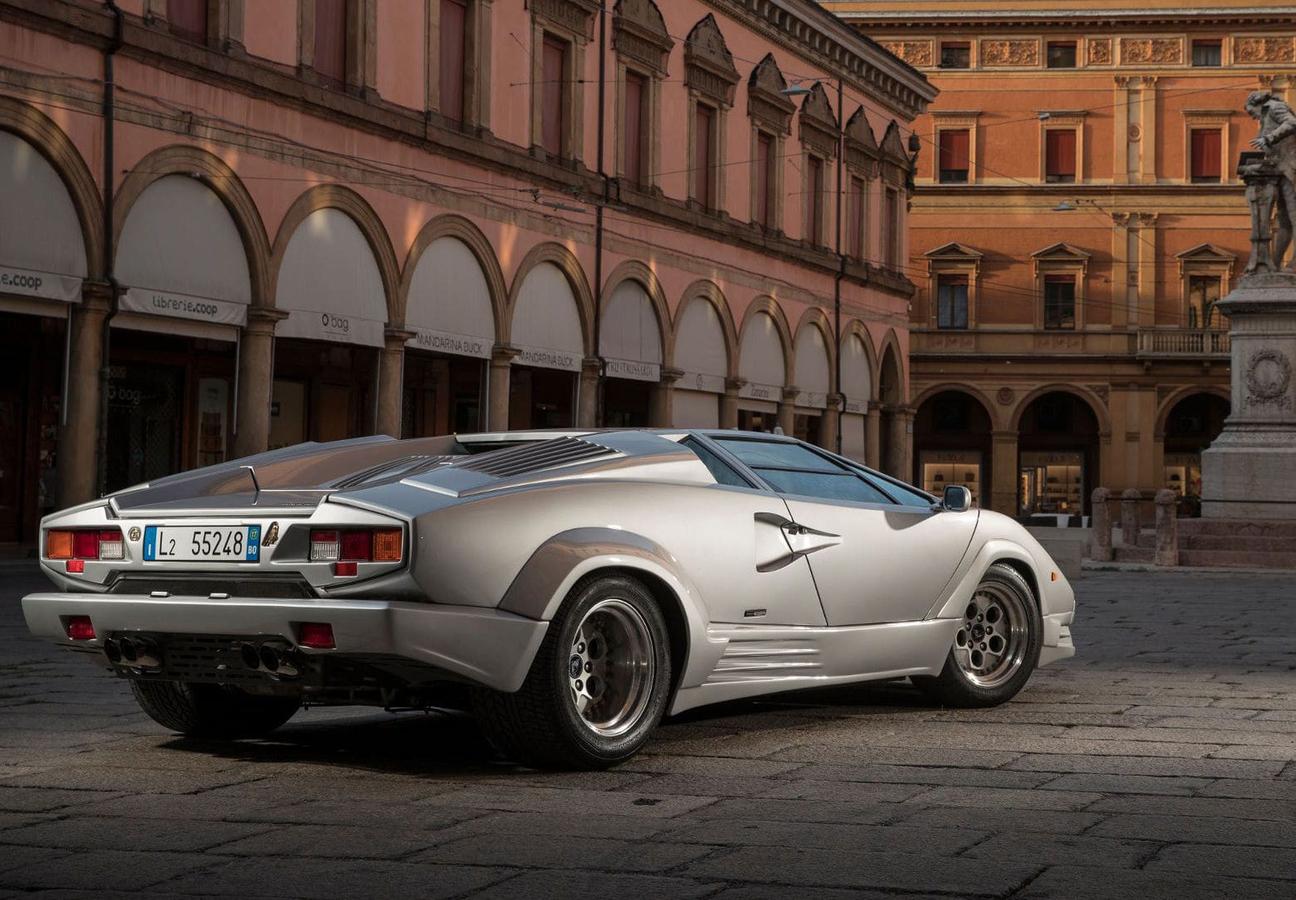
Lamborgini Countach
These were cars of the finest design, the best performance, the utmost rareness and the highest price. Super, they undoubtedly were. So, when so-called ‘hypercars’ sped onto the scene, they threw a supercharged spanner into the works.
What exactly defined this new class of car? What distinguished a ‘hypercar’ from a supercar? And, most importantly, which cars were fast, expensive and unique enough to wear the label?
Unfortunately, no fixed set of requirements exists. In fact, some manufacturers have even been accused of playing fast-and-loose with the term (come on Toyota, stay in your lane…). But don’t go running to the safety of supercars just yet — we’ve identified five common features of hypercars – and the cars that typify these traits.
Like the Bugatti Chiron, a hypercar must reach speeds of over 200 mph
Hypercars feel the need for speed — and no-one understands that better than Bugatti. In fact, many hypercar diehards claim the French brand’s Veyron was the car that established the class — itself a 8.0 litre bastion of pure power that first hit roads in 2005.
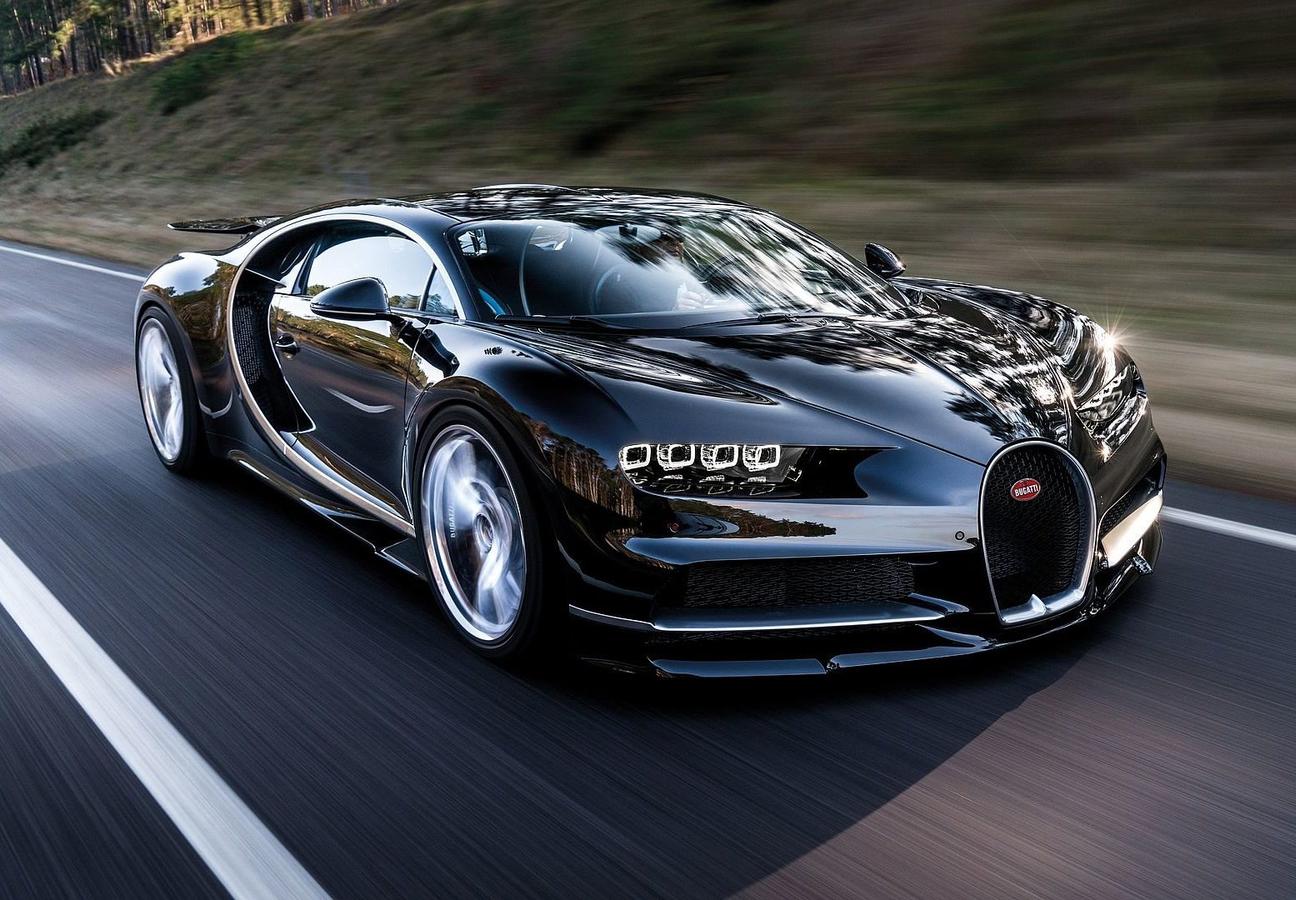
But the Chiron, Bugatti’s latest hyper hat in the ring, is even more impressive. Even with an electronic limiter, the Chiron can reach a staggering 261 mph — and perfectly illustrates our first requirement: a hypercar must reach speeds of over 200 mph.
The Chiron owes its blistering pace to a quad-turbocharged W16 engine. This, coupled with the car’s carbon fibre construction, qualifies Bugatti’s latest as a hypercar — pushing it ahead of contenders such as Lamborghini’s Huracan (199 mph) and Ferrari’s Portofino (198 mph).
Like the Lamborghini Centenario, a hypercar must have a limited production run
Not everyone can own a hypercar — even if they’ve got the money to buy one. Exclusivity is a prerequisite of hypercarkind, with bespoke models and limited editions adding to the rarity of the class. And they don’t come much more exclusive than the Lamborghini Centenario.
Unveiled to commemorate brand founder Ferruccio Lamborghini’s 100th birthday, the Centenario debuted in 2016 and was limited to just 40 cars — 20 coupés and 20 roadsters. And, if you were lucky/rich/mad enough to fork out $1.9m on one of these hypercars, you’d be getting behind the wheel of a very exclusive car.

The Italian carmaker used the Centenario to showcase new technologies they’d been developing. It was the first to employ rear-wheel steering in a Lamborghini, the first to use the company’s new infotainment system and the first to benefit from the largest ever rear diffusers to be fitted in a car.
And, perhaps most importantly, you would only own the same car as 39 other drivers — as opposed to Aventador owners, who must share claim to their wheels with over 8,000 others.
Like the Aston Martin Vulcan, a hypercar must be incredibly light
It may not be the sexiest requirement of joining the hypercar club, but the tonnage of your wheels can hold a lot of weight. Speed is an important focus of the hypercar industry, and the correlation between weight and acceleration means that the lighter your load, the more hyper your car.
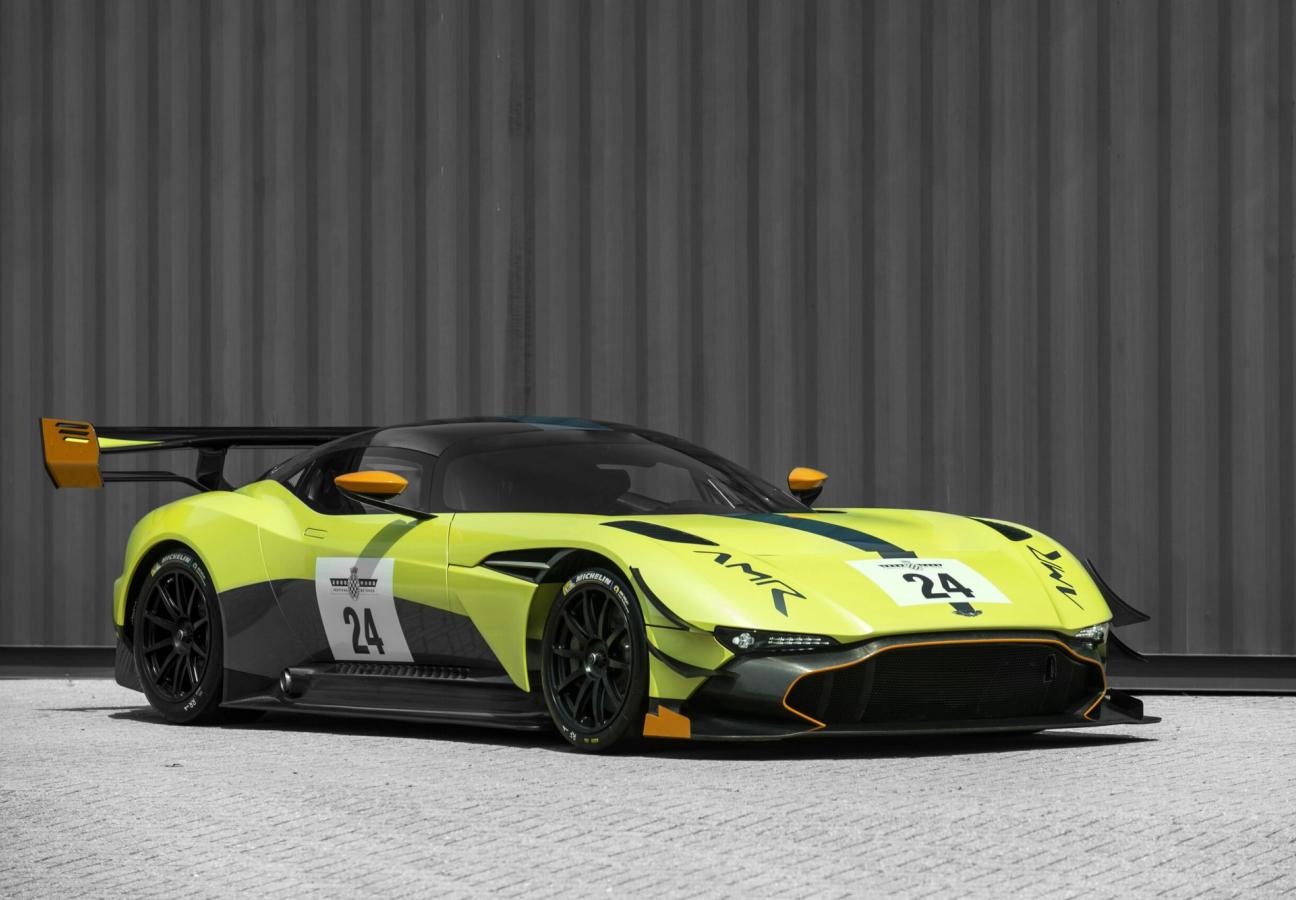
Many manufacturers strip out everything but the necessities. Air conditioning? Gone. Stereo system? Forget it. Door handles? Even they’re optional. But that’s not to say that luxury touches and the hypercar label are mutually exclusive — the Chiron mentioned above isn’t short of quilted-leather, aluminium-milled creature comforts.
But Aston Martin’s inimitable Vulcan is a prime example of stripped-back carmaking. Only 24 models were ever produced, and their estimated 225 mph top speeds owe a lot to a kerb weight of just 1,350 kg. To put that in perspective, it’s just a little heavier than a Fiat 500 — and over 600 kg lighter than Aston Martin’s high-performance Rapide.
Like the Ferrari LaFerrari, a hypercar must cost the earth
Possibly the simplest identifier of a hypercar can be found in the seven figures of its price tag. By definition, everything is pushed to extremes with these cars — and that goes double for the damage they’ll do to your wallet.
A basic rule of thumb is that a hypercar will set you back over £1m. Ferrari’s LaFerrari, a pinch at £1,150,000, is a case in point. The Italian hybrid hypercar was a limited edition model, with a high top speed of 217 mph — and an even higher level of buyer interest when it launched in 2013. Sotheby’s have since sold the last-produced LaFerrari for $10m.
And it doesn’t end there. Despite meeting the million pound threshold that nudges it onto the hypercar list, the LaFerrari is just the tip of the high-octane iceberg. The Pagani Huayra had a starting price of $2.4m, the Koenigsegg CCXR Trevita originally went for $4.8m, and Bugatti’s one-off La Voiture Noire sold this year for a record-breaking, eye-watering $12.5m.
Like the McLaren P1, a hypercar must show design innovation
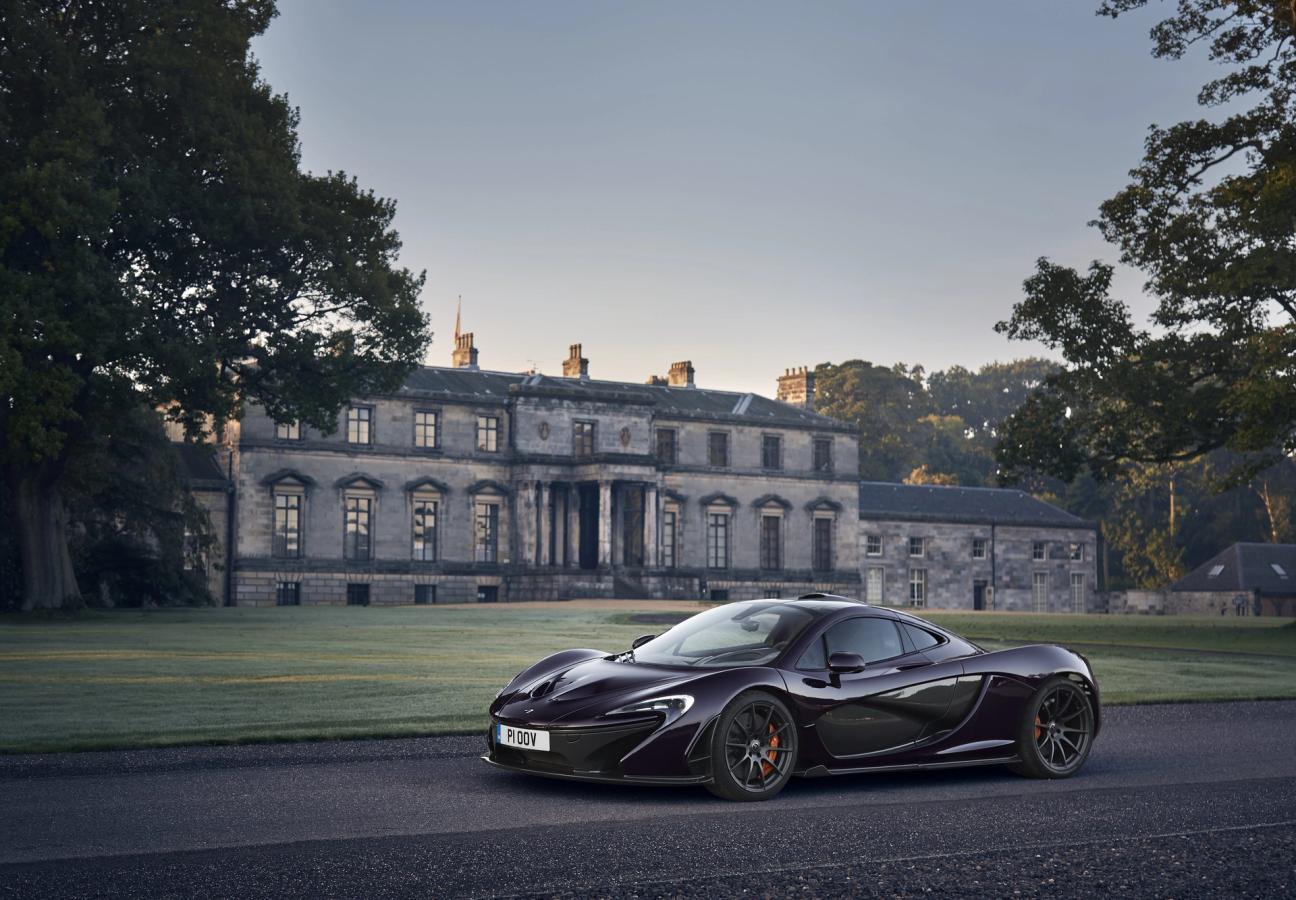
Exceptional in every other area — speed, weight, price — it follows that a hypercar would also stand out in the world automotive design. Most present as exaggerated examples of brands’ existing formulas — from Aston Martin hyperbolising their ‘golden ratio’ to Lamborghini ramping up their angry, angular aesthetic.
But McLaren are a different beast altogether. Arguably every car the British marque has ever produced could park up in the hypercar bracket — with their P1 the pinnacle of dramatic design. Every surface is given the same aerodynamic consideration afforded to an aircraft, and the bodywork is ‘shrink-wrapped’ as tightly as possible over the mechanical hard points of the car. It’s a striking set of wheels — as all hypercars should be.
The Koenigsegg Regera features day-time running lamps designed to resemble cosmic constellations, with carbon-fibre elements also resembling the night sky. Aston Martin’s Valkyrie boasts a pioneering extensively open underfloor, and Pagani’s Huayra La Monza Lisa is kitted out with a bright red interior and tricolour racing stripes. To qualify as a hypercar, restraint is not an option.
And that’s that. Distil these five ingredients onto four wheels, and you’ll have yourself a hypercar. Something strongly designed, ferociously fast and incredibly light — with a seven figure price tag, limited edition production run and enough automotive allure to drive you to distraction.
Want more hypercar action? Porsche’s latest speedster takes its cues from retro styling…

